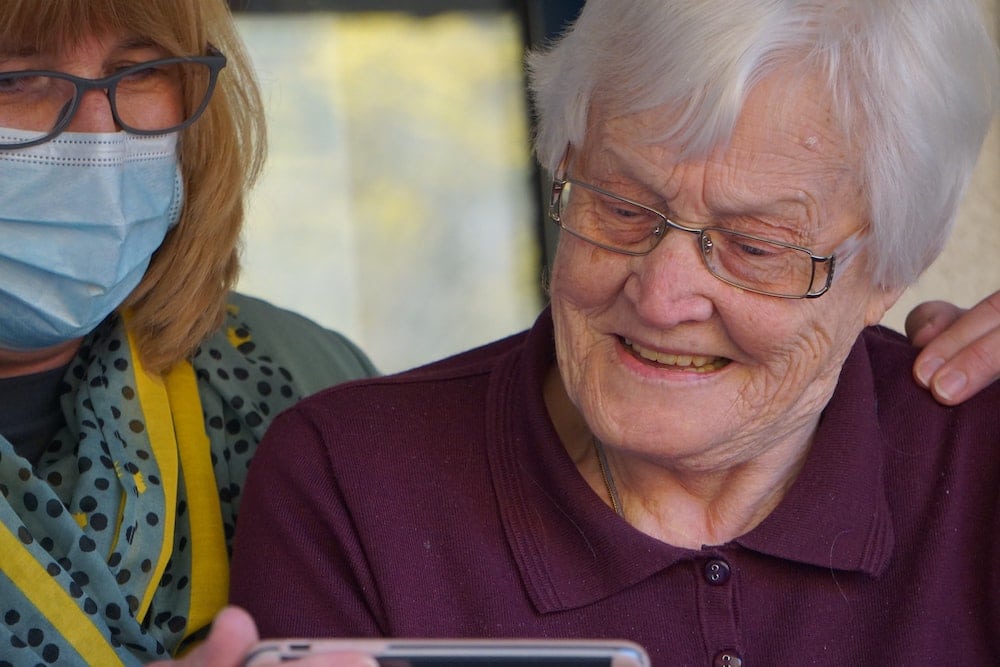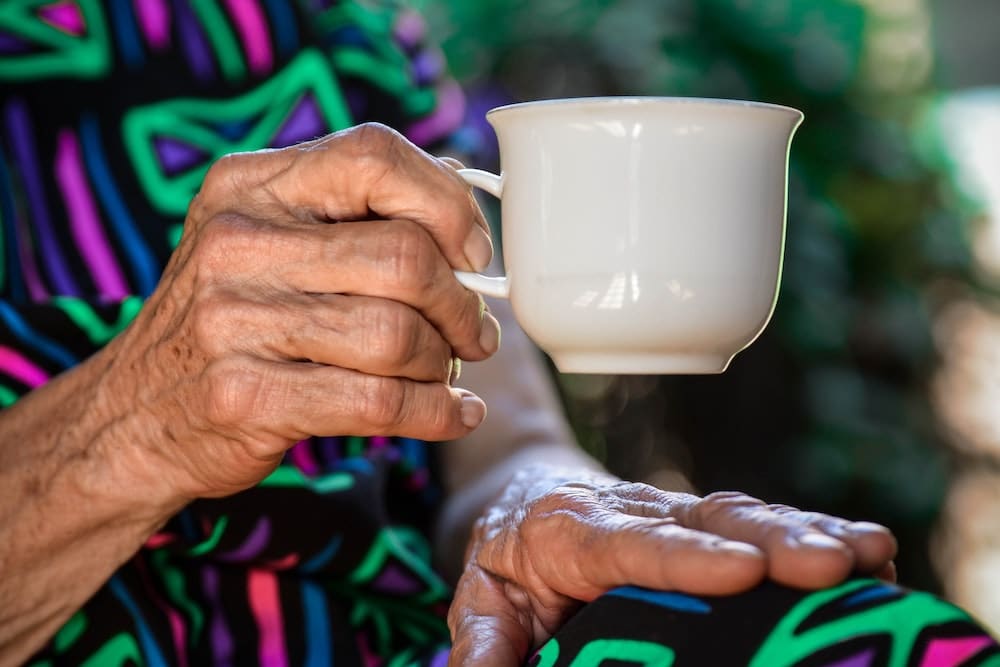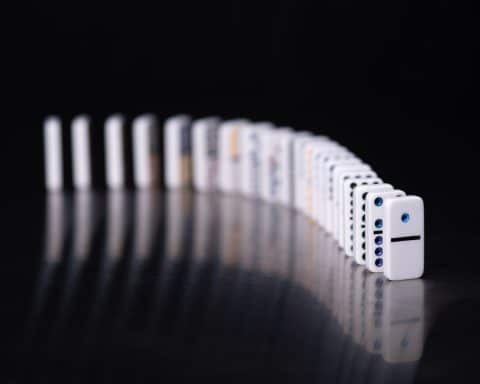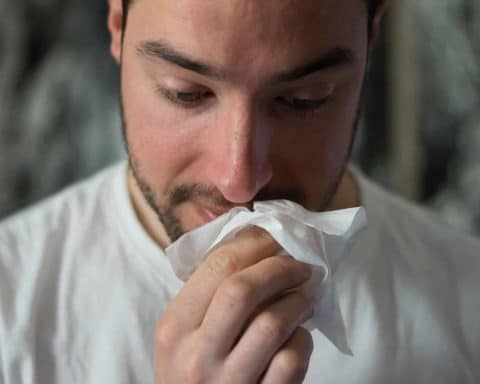
Many of our most vulnerable and medically complex patients live in residential or nursing homes. As per the latest GP contract update° these homes should receive a weekly ward round with an allocated GP, providing continuity of care, as well as support for our community teams.
Prior to COVID-19, a ward round had a fairly familiar format. The medical notes of patients were reviewed by the GP prior to visit. These patients were then discussed in person on arriving at the home with the team leader or nurse-in-charge. Any patient that needed a clinical examination, or with whom a discussion was needed, would then be seen face-to-face.
Since the outbreak of COVID-19, our ward rounds look very different. With the nursing and care homes in strict lockdown, the ward round as it was previously is no longer in the best interests of our patients, with every entry into these homes posing a risk to those inside.
Adaption was needed and with this the ‘virtual ward round’ was created. Certainly not a new idea but one that has been never been fully embraced by primary care until now. All patients are now discussed over the phone. Video consultations have become an essential tool, allowing assessment of skin rashes or swollen joints etc, or an opportunity to ‘eyeball’ someone who just ‘isn’t quite right’. The ability to deal with many problems remotely has been supported by the provision of pulse oximeters, thermometers and iPads to care homes by the CCG, and the willingness of the care teams to learn how to use this equipment. While of course we still have the option of a face-to-face review, this must only be if it is absolutely necessary, a decision heavily reliant on clinical judgement and including a risk assessment. Listening to the concerns and trusting the instincts of our care team colleagues has been crucial to the safety and success of these virtual ward rounds.
It is important that we take the positives from the virtual ward round that was forced upon us, and adapt our practice in the future.
The virtual ward round has allowed us to continue providing good quality care during this pandemic. As we look to the future, there are certainly some positives to come from this new way of working that we should consider incorporating into the ward rounds of old once we are able to enter care homes safely. These positives include:
1) Safer prescribing. Dealing with medication queries over the phone with the patients notes open in front of you is a much safer and more efficient way of prescribing. This allows drug interactions to be checked and important bloods such as renal function to be reviewed before any clinical decision is made.
2) Reviewing minor issues with video consultation. The video consultation often allows clinically sufficient assessment of minor issues such skin rashes which may prevent the need to visit, helping with time management but also preventing delayed assessment.
3) Observations to aid triage. Staff in residential homes have had to learn new skills including how to use a pulse oximeter. Nurturing these skills and encouraging staff to continue taking observations when concerned about a patient acutely could be invaluable in clinical decision-making, helping to establish clinical urgency and prevent delays if admission was required.
4) Reviewing well patients. The “hello and how are you?” feature of my virtual ward round has introduced me to residents of the care home that I have never met. Why? Because they are well. However, all of the residents are elderly and have co-morbidities. Reviewing these patients and preventing illness, rather than simply treating it, should be a large part of nursing home care going forward.
COVID-19 has all but ensured that primary care will never quite be the same. We cannot look back when we have experienced so many changes that can help us moving forward. This includes the way in which we care for our nursing and care homes. It is important that we take the positives from the virtual ward round that was forced upon us, and adapt our practice in the future so that we can continue providing the best healthcare possible for our patients.
Featured photo by Claudia van Zyl on Unsplash








